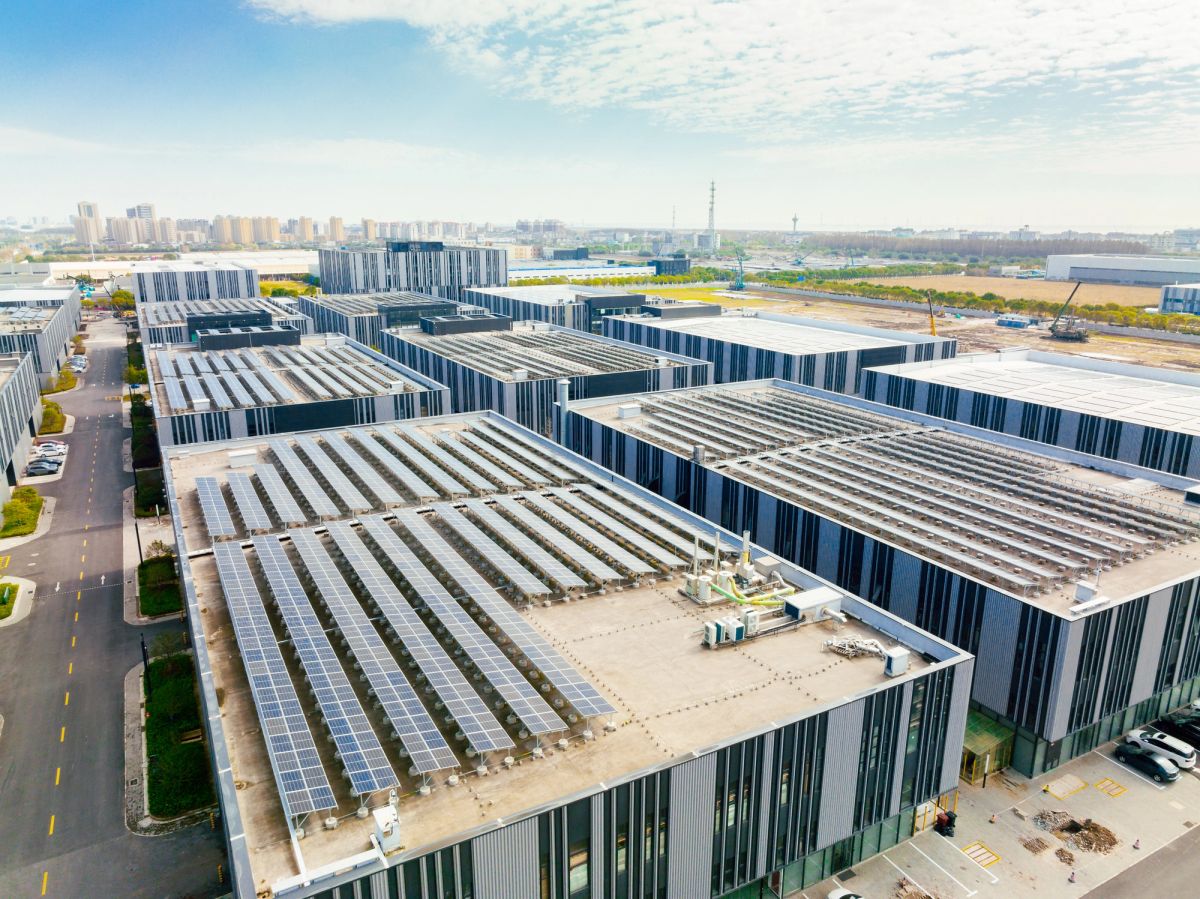Overcoming Energy Challenges in Pharma Manufacturing
The world is facing an energy crisis, and ironically, the life-saving pharmaceutical industry is one of the biggest reasons that the crisis is hurtling towards us at breakneck speed.
It’s a well-known fact that pharmaceuticals are a massively energy-intensive industry by sheer virtue of its nature. Given that a majority of the energy consumed during pharmaceutical manufacturing lies within the processes themselves (and of course the supporting ecosystems), the only way to ever have a large enough impact on energy savings is to work on optimising these processes and machines.
The challenge lies in understanding the challenge.
Unfortunately, optimising energy consumption in pharmaceutical manufacturing is complicated. What needs to be understood is that unlike how it is with most other commercial buildings, where energy is largely consumed to ensure occupant comfort and power-specific machines (resulting in more or less predictable energy consumption), in the case of buildings used for pharmaceutical manufacturing, energy requirements are much higher and unpredictable. This is because energy drives nearly all drug manufacturing processes, such as preheating, reheating, cooling, filtration, humidification/ dehumidification, and fanning/ blowing/ air drying.
The impact? An immediate 4–6-fold increase in HVAC energy costs, without even taking into account standard space heating, ventilation and lighting requirements – not to mention environmental regulations and compliance-related requirements. At a plant level, this results in a 50–60% increase in overall energy consumption. Read how pharmaceutical manufacturers can achieve net zero buildings .
Internal Excel-based tracking won’t cut it
The good news is that following the advent of digitisation, it’s become far easier to track machines and their activities – even the smallest of manufacturers nowadays can pretty much boast of a digital factory. The trouble is, most manufacturers (regardless of size or scale) haven’t the faintest idea what they’re doing – or are supposed to do – with all this data. In essence, plants are gathering massive amounts of production data that aren’t seeing the light of day in terms of further processing by way of analytics, which can reveal hidden opportunities for cost reduction and carbon management .
Normalising consumption at a plant or industry level won’t work, because consumption patterns vary vastly across facilities. Neither will address the issue with an internal tool developed on Excel, which isn’t even an option given that the sheer size of the datasets makes it impossible for them to be efficiently processed by manual means. However, significant savings cannot be realised without analysing, challenging, and optimizing the entire manufacturing process. This level of process overhaul can be done at scale only via automation – in particular, with the help of artificial intelligence (AI).
The Solution? Create a Digital Twin
Automatically generating a “blueprint” of operations affords manufacturers the opportunity to analyse every step of every process – in real-time – to identify and leverage opportunities that are otherwise hidden from the human eye.
With AI, manufacturers can quickly identify a relevant benchmark (baseline performance) for any given set of conditions. This benchmark will then be automatically updated on a regular basis in line with changing metrics. The next step is to measure the variation of actual performance from this benchmark in real time to monitor the performance of a facility against its own baseline – which reveals the key to the overall energy efficiency program.
Predictable, sustainable sustainability
AI makes it possible to predict future opportunities, too – with enough time to facilitate appropriate/ remedial action to alter ‘foregone conclusions.’
Finally, the best part about leveraging AI is that energy optimisation becomes a self-sustaining process. In other words, as long as machines continue to work and generate data, energy can not just be managed, but managed better over time. All that manufacturers need to do is plug in the solution, and sit back as the data and insights come in. As the system becomes more ‘intelligent’, the insights get better and more accurate, making it possible to improve efficiency in the long term.
To learn more about to decarbonise pharmaceuticals at scale, watch our masterclass.





